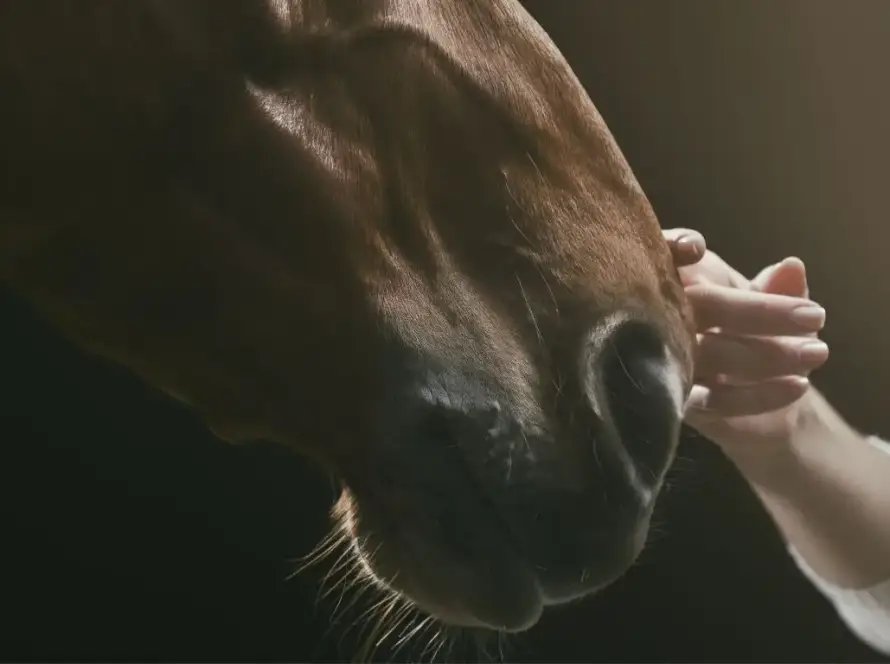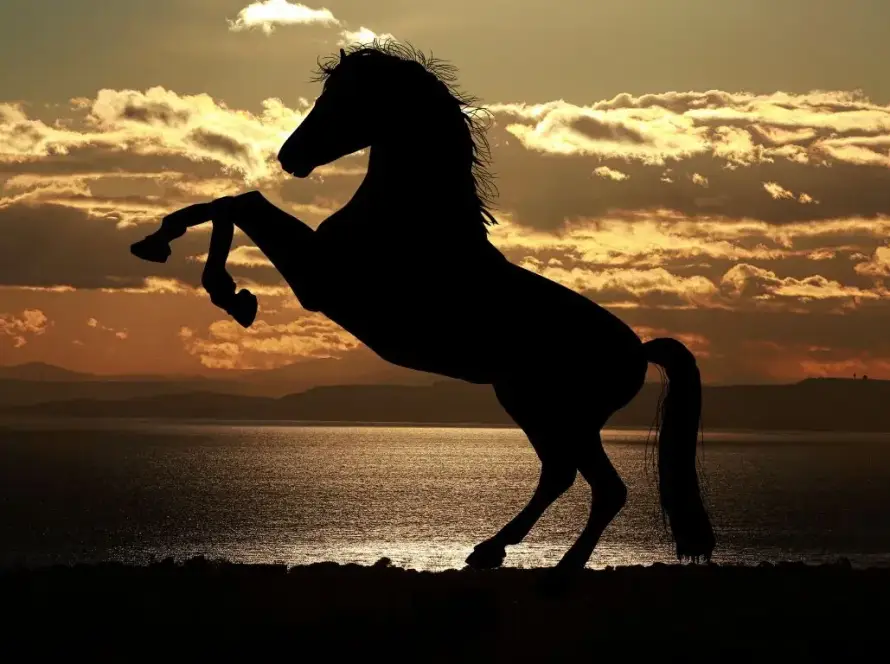In a world where the gender gap in sport remains a constant topic of discussion, dressage stands out as a shining example of equality. This discipline, considered by many to be the art of horsemanship at its finest, is distinguished not only by the beauty and precision of its movements, but also for being one of the few sports where men and women compete together on equal terms. In this post we will explore how dressage has achieved this milestone and what we can learn from it in terms of gender equality in the world of sport.
What is dressage?
Dressage is an equestrian discipline that evaluates the rider’s ability to execute a series of precise and controlled movements with his horse. These movements, known as “figures”, must be performed with a fluidity and elegance that denote a deep bond and an almost imperceptible communication between rider and horse. The history of dressage dates back to ancient Greece, but it was during the Renaissance that it was formalized as the sport we know today. Dressage regulations are strict, valuing harmony, technique and artistic expression over brute strength.
Gender equality in sports
In most sports, categories are divided by gender, based on the premise that physical differences significantly influence athletic performance. However, this division often perpetuates stereotypes and underestimates the ability of female athletes. In contrast, dressage represents a notable exception. Here, physical strength differences between the genders are less determinant, allowing for fairer and more equitable competition.
Dressage: A fair ground
What makes dressage unique in terms of gender equality is that men and women compete together, being judged by the same criteria. Success in this sport depends on technique, balance, effective communication and mutual understanding between rider and horse, rather than strength or speed. This level playing field is rare in the sporting world and highlights that when skill and technique are valued, gender becomes a secondary factor.
Factors contributing to equality in dressage
Several factors contribute to gender equality in dressage. First, technique and skill are critical. A rider’s ability to guide and communicate with his or her horse is valued more highly than physical strength. Second, the emotional bond between rider and horse is crucial. A horse responds to the subtle cues and confidence that its rider conveys. Third, the dressage rules make no gender distinctions; judges focus on figure execution, harmony and overall presentation, regardless of whether the rider is male or female.
Challenges and progress in gender equality
Despite its equitable nature, dressage faces challenges in maintaining this equality. One of these is ensuring the equal representation of women in leadership and training positions. However, there have been significant advances in recent years, with increasing numbers of women excelling in international competitions and occupying important roles in equestrian federations and organizations. These changes are vital to maintaining gender equity not only in competition, but in all aspects of the sport.
Conclusions
Dressage not only challenges riders and horses to achieve perfect harmony, but also stands as a model for gender equality in sport. The sport demonstrates that when skill and technique are valued over physical differences, men and women can compete together on equal terms. Its focus on skill, communication and the relationship between rider and horse provides an inspiring example for other sporting disciplines and for society at large.
At Yeguada Vergara we are specialists in the breeding, training, competition and sale of Pura Raza Española horses. Contact us and we will give you all the information you need.

